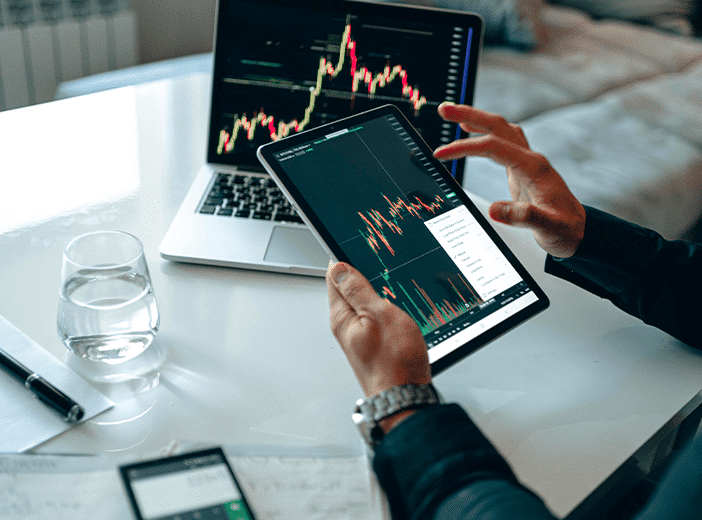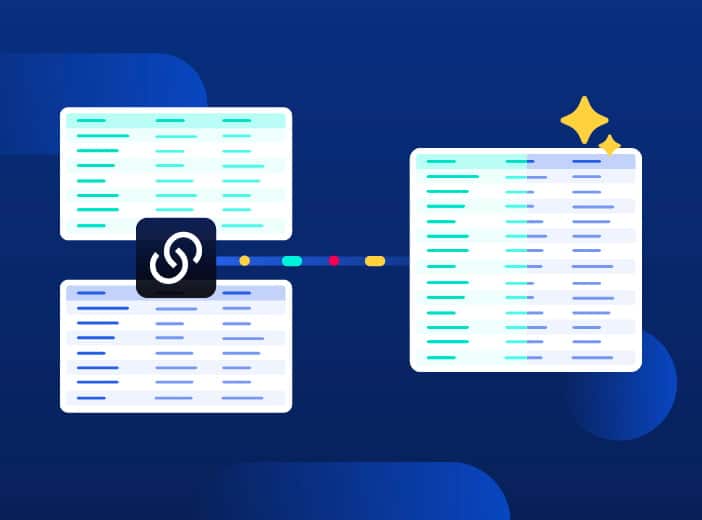Glossary
Data Streaming
What is data streaming? Why is it essential for real-time analysis and decision-making?
In the era of Big Data, the Internet of Things (IoT), and machine learning, data streaming is critical for numerous industries. Sensors, the three V’s of Big Data (volume, velocity, and variety), and AI facilitate real-time information transmission through data streaming. However, its implementation and management in organizations poses significant challenges in terms of technology, security, cost, and regulatory compliance.
What is data streaming? How does it facilitate informed decision-making? And what challenges do organizations face when implementing it?
What is Data Streaming?
Data streaming refers to the continuous process of transmitting, analyzing, and processing data as it is generated. This approach enables organizations to analyze data in real-time, enabling more responsive, immediate, decision-making as well as underpinning new applications, especially in IoT, online media, and live data analysis.
It is important not to confuse “data streaming” and “stream computing”. The former involves continuous data collection, while the latter entails continuous data processing.
Data Streaming: A Key Asset for Enhanced Decision-making within Ecosystems
Data streaming allows organizations and individuals to make better decisions based on real-time information.
Diverse Applications of Data Streaming in Enterprises
Data streaming provides companies operating in complex and fast-changing markets with significant business advantages. Here are three common use cases:
- Financial institutions: Stock prices change every fraction of a second based on investor behavior. Through continuous data streams, investors can time when they buy and sell to maximize profitability.
- Manufacturing: Sensors on industrial machines generate real-time data – streaming this information enables maintenance teams to be immediately alerted to any problems, allowing them to fix them faster.
- Cybersecurity: Website or application logs can detect and prevent intrusion attempts..
Data streaming is highly strategic across various industries. Therefore, it is crucial for organizations to establish a robust technology infrastructure and strong data governance to address security, cost, and regulatory compliance challenges.
Prerequisites for Implementing Data Streaming in an Organization
Successful implementation of a data streaming strategy requires:
- Robust technology infrastructure: A solid tech stack, containing elements such as a data lake or data warehouse capable of storing all data, efficient tools to automate the data process, and a secure information system.
- High-quality data: Before sharing data continuously, ensure the disseminated information is reliable, relevant, and up-to-date.
- Security protocols: Defining access rights based on user profiles and the nature of the data.
- Regulatory compliance: To comply with regulations like GDPR, organizations need to anonymize personal data.
- Expertise within teams: To interpret real-time data, organizations need to be able to access the right skills.
- Sufficient budget: Especially to cover storage costs as data volumes grow.
Publishing Real-time Data via a Data Portal
Data portals enable organizations to share their data, in real-time, internally or externally with partners, employees and other stakeholders.
Opendatasoft offers data flow integration functionalities via APIs and over 80 connectors, along with real-time data publishing features.
Discover how to share your data through a data portal in our Ebook.
Learn more

Blog
Opendatasoft harnesses agentic AI to connect AI models to real-world data, driving greater business impact
What is agentic AI and how does it help increase data consumption? Our Q&A blog explains the current state of AI, and how Opendatasoft is innovating to drive forward its impact for customers.

Blog
Opendatasoft boosts data enrichment, even when using the largest reference sources
Enriching your data is a key step in creating relevant insights and analysis that drives value. However, when it comes to using massive reference sources such as national company databases, detailed weather data or geographic/administrative boundary datato enrich your data, technical limitations often become a challenge.

Blog
Successfully scaling data products – best practice from McKinsey
Data products are central to increasing data consumption across the organization. But how can you ensure your data product program delivers lasting value? We explore the latest best practice from McKinsey, designed to scale data product creation and usage.
